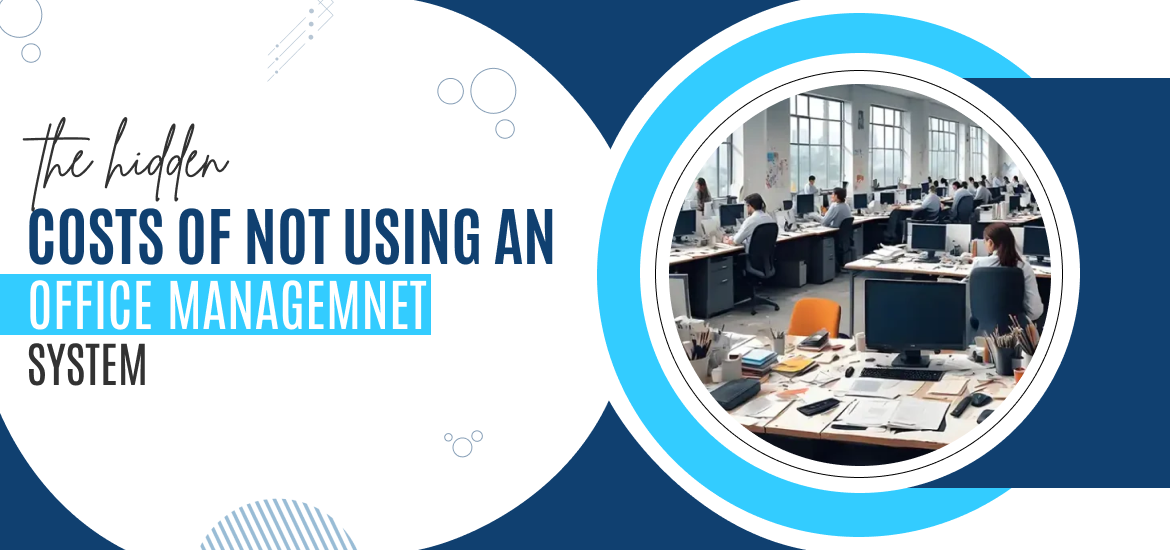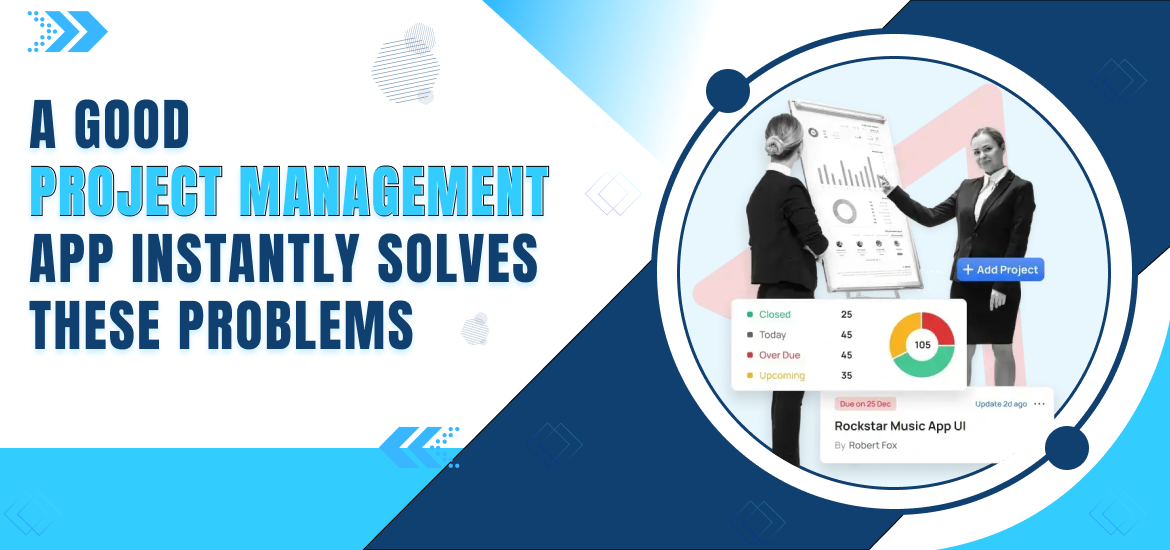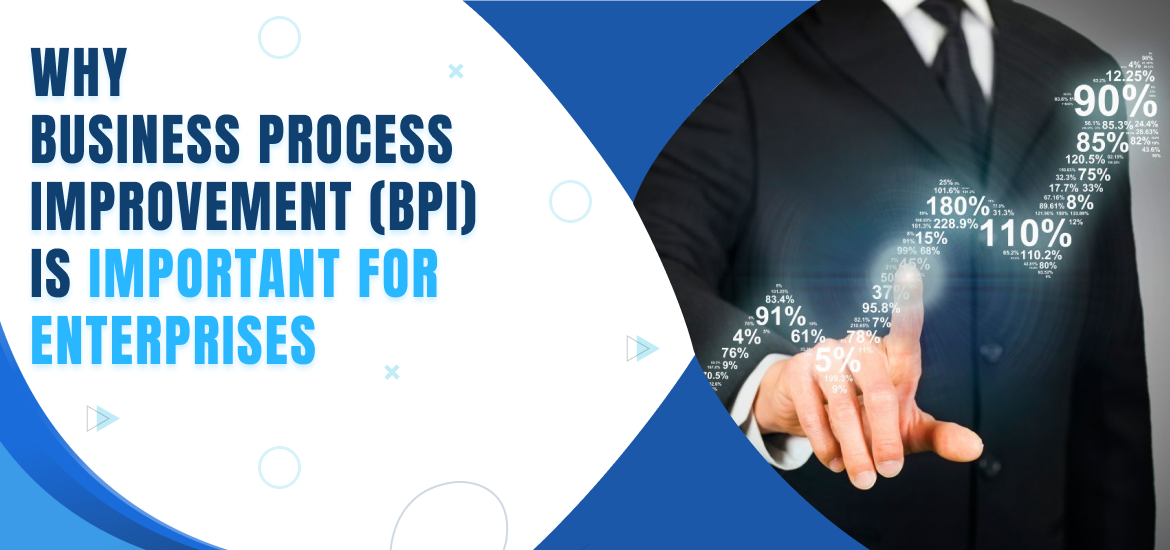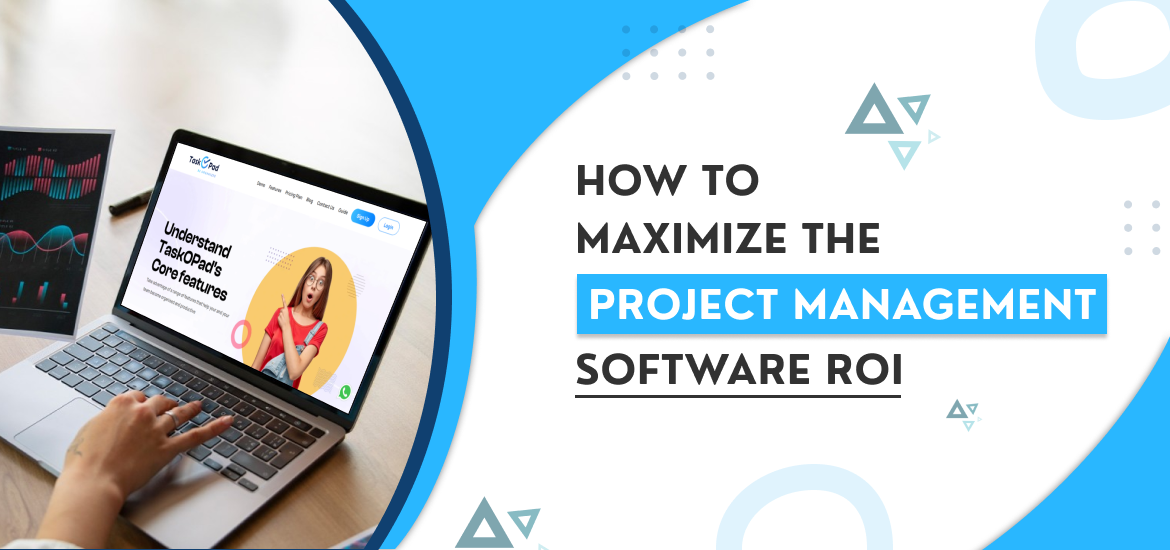
Project Management Software
How to Maximize the Project Management Software ROI
Aug 30th, 2025
Maximizing your ROI on project management software is key. It’s not just about picking a strong tool. It’s about smart integration. You must weave it into your company’s core, and need to use it well. You must also use its insights for growth. Many companies spend a lot on this software. But they don’t use it fully. They fail to turn features into real business benefits. This guide will show you how. We will cover key strategies. These will ensure your software gives you maximum value. It will become a major asset, not just an expense.
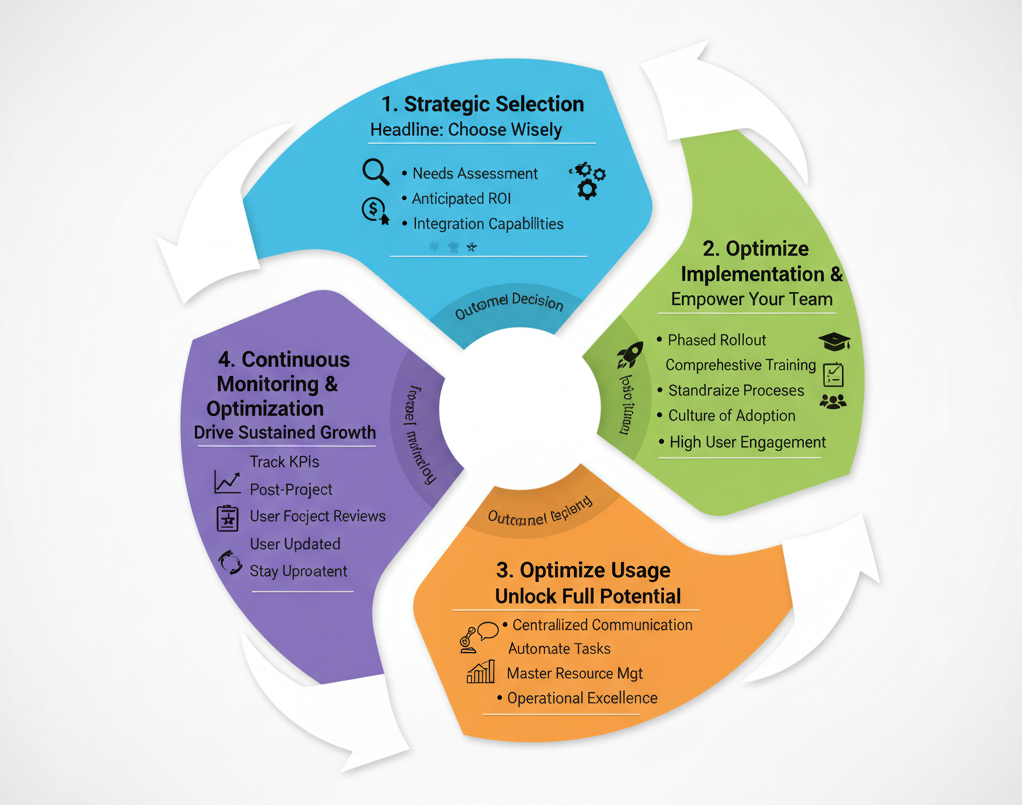
Strategic Selection: The Foundation of High ROI
High ROI starts with a smart choice. You must pick the right project management software. This happens long before you start using it. The tool must fit your company’s needs. It also needs to match your long-term goals.
Conduct a Thorough Needs Assessment
Don’t look at software yet. First, study your current problems. What hurts your projects now? What do you want to achieve? Talk to everyone who will use it. Get input from managers, team leads, and IT.
- Find Core Problems: What are your main issues? Are you struggling to assign tasks? Is communication bad? Are you missing deadlines? Do budgets get too big? Find the top problems the software must fix.
- Define Essential Features: Now, list the features you need. Do you require robust task lists? Do you need Gantt charts or Kanban boards? How about risk management or time tracking? What about reporting?
- Consider Scalability: Think about the future. Will the software grow with you? Can it handle more projects and users later on?
Calculate Anticipated ROI (A-ROI)
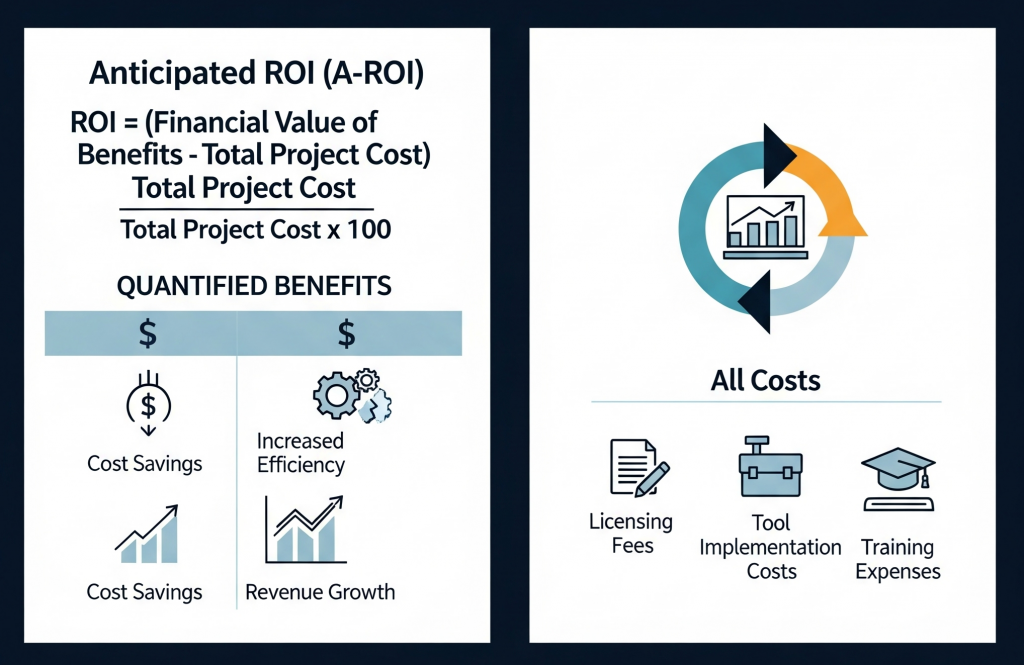
You should estimate the return before you buy. This is a smart approach. It proves the value of the investment. It also sets a goal for later.
- Quantify Benefits: Put a money value on the benefits. For example, estimate:
- Cost Savings: Less time on admin tasks. Fewer budget overruns.
- Increased Efficiency: Teams work faster. Projects finish quicker. Resources are used better.
- Revenue Growth: You can take on more work. Clients will be happier. You can launch new products faster.
- Account for All Costs: Don’t just count the software price. Include setup costs. Add training expenses. Think about customization and IT support.
- Use the ROI Formula: Use the formula: ROI=(Financial Value of Benefits − Total Project Cost) / Total Project Cost ×100. A good A-ROI creates a strong business case. It helps you get approval from leaders.
Optimize Implementation & Adoption: Fueling User Engagement
A great tool is useless if people don’t use it. A smart rollout and continuous help are key. This ensures people use the software fully and correctly.
Phased Rollout and Pilot Programs
Don’t launch all at once. A phased approach is better. It allows you to learn as you go.
- Start Small: Begin with a pilot program. Use a small team. Pick a less important project for the test. This lets you fix problems with low risk.
- Gather Feedback: Ask for feedback from these first users. What is working well? What is difficult? Use their answers.
- Iterate and Improve: Be ready to make changes. Adjust the software based on early experiences. This makes sure the tool fits your real work.
Comprehensive and Continuous Training
Training should be ongoing, and not just one session. It needs to be for different roles. It must be updated as the software changes.
- Role-Based Training: Train each group differently.
- Project Managers: Teach them advanced features and reporting.
- Team Members: Show them how to track tasks and collaborate.
- Executives: Explain how to use high-level dashboards.
- Diverse Training Methods: Use different ways to train.
- Live sessions for questions and answers.
- Online modules for learning at your own pace.
- Video tutorials for visual learners.
- Quick guides for fast help.
- Ongoing Support: Create a clear support channel. This can be an IT help desk or internal experts. Constant help builds confidence.
Standardize Processes and Templates
Use the project management software to create consistent processes. It helps enforce best practices for everyone.
- Create Project Templates: Build standard templates for your projects. You can have one for marketing. Another for software development. These templates save setup time. They pre-fill tasks and roles.
- Define Workflows: Set up automated workflows. This can be for approving tasks. Or for starting new projects. It saves effort and ensures everyone follows the rules.
- Establish Naming Conventions: Use consistent names for everything. This includes projects and files. It makes things organized and easy to find.
Foster a Culture of Adoption
People will use the project management software if they see its value. You must create a supportive environment.
- Communicate Benefits Clearly: Tell people how the software makes their job easier. Explain how it improves outcomes for everyone.
- Executive Sponsorship: Get senior leaders to use the tool. Their support shows it is important. This encourages others to use it too.
- Internal Champions: Find “super users.” Empower them. They can help their coworkers. They can also provide valuable feedback.
Also Read – How To Overcome Communication Gap in the Workplace
Optimize Usage: Harnessing Full Potential
Once the software is adopted, you need to use its features fully. This drives better work and helps you make smarter decisions.
Centralize All Project Communications
Talking in many places hurts productivity. Use the software as your one source of truth.
- In-App Messaging: Encourage teams to use the tool’s chat. They can leave comments right on tasks.
- Reduce Email Dependency: Stop using email for project talks. Move those conversations to the platform.
- Meeting Agendas & Minutes: Store all meeting notes in the project itself. It makes them easy to find and review later.
Automate Repetitive Tasks
Project management software is great at automating routine work. This frees up your team for more important activities.
- Automated Notifications: Set up alerts for deadlines. You can get a notification when a task is assigned. Or when its status changes.
- Report Generation: Schedule reports to be sent automatically. They can be daily, weekly, or monthly.
- Workflow Automation: Set up triggers. For example, when a task is finished, the next person in line gets a notification.
Master Resource Management
A powerful feature is managing resources. It’s often not used enough.
- Resource Planning: Use the project management software to plan your resource needs. See who is available for future projects.
- Load Balancing: Find people who are too busy. Find people who don’t have enough to do. Balance their workloads to prevent burnout and maximize productivity.
- Skill Tracking: Keep a list of your team’s skills. This helps you find the right person for a specific job.
Also Read – 8 Must-Have Skills For A Team Manager
Proactive Risk Management
You can handle risks directly in your project planning.
- Risk Registers: Use the tool to keep a central list of risks. Track what could go wrong. Note how likely it is and how you will handle it.
- Early Warnings: Set up alerts for high-priority risks. This helps managers fix issues before they become big problems.
Continuous Monitoring & Optimization: Sustaining High ROI
Maximizing ROI is a constant job. It requires ongoing checks. You must look at the data. You need to keep improving.
Track Key Performance Indicators (KPIs)
The software gives you lots of data. Use it to measure your success. Check your performance against your goals.
- Financial Metrics:
- Cost Performance Index (CPI): See if you are on budget.
- Schedule Performance Index (SPI): See if you are on time.
- Budget Variance: See how far you are from your budget.
- Efficiency Metrics:
- Task Completion Rate: What percentage of tasks finish on time?
- Project Completion Rate: What percentage of projects finish on time and on budget?
- Resource Utilization Rate: How much time are resources actively working?
- Admin Time: Track how much manual work has been cut.
- Quality Metrics:
- Number of Defects: Did better planning reduce errors?
- Satisfaction: Use surveys to track how happy people are over time.
Also Read – 10 Ways TaskOPad Helps Teams Achieve Project Management KPIs
Conduct Post-Project Reviews
Review every project after it’s done. Use the data from the software to do a full review.
- Compare ROI: Look at your initial ROI estimate. Now compare it to the actual benefits and costs. This helps you get better at future estimates.
- Identify Lessons: Document what went well. Note what could be better. See how the software helped or hurt the project. Use these insights to update your processes and templates.
- Share Successes: Show off successful projects. Explain how the software helped. This proves its value to everyone.
Solicit Regular User Feedback
Your users are the most important source of information. Their experience is priceless.
- Surveys & Interviews: Regularly ask users for feedback. Do surveys or talk one-on-one. Ask about how easy the software is to use and what features are missing.
- User Groups: Create a group for users. They can share tips and ask questions. They can also suggest new features.
Stay Updated with Software Enhancements
Software companies often release updates. They add new features and integrations.
- Monitor Release Notes: Keep up with new updates. Check for new functions.
- Leverage New Features: See how new features can help you. Find ways to improve your processes with them.
- Provider Support: Talk to your software provider. Use their help and forums. This helps you get the most out of the tool.
Conclusion
Maximizing your ROI is a continuous effort. It’s a strategic process. You must be thoughtful about it. This involves smart selection of the tool. You need a careful implementation. You must get users to adopt it. Then, you have to use all its features. You also need to watch performance constantly. By embedding the software in your company’s culture, you can do more. You can use all its features. Project management will go from a source of frustration to a strength. It becomes a powerful engine for growth. It will yield big and lasting returns. This investment, when managed well, will propel your projects forward. It will also drive your entire organization forward.
For a powerful solution that helps you achieve this, consider TaskOPad. It is designed to help you streamline every aspect of your projects and maximize your ROI.
Book your free demo now to see how TaskOPad can transform your project management.
Search by posts
Search by posts
Recent posts
11-30-2025
Project Team Management
7 Essential Steps for Running a Successful Project Kickoff Meeting
11-29-2025
Team Communication

